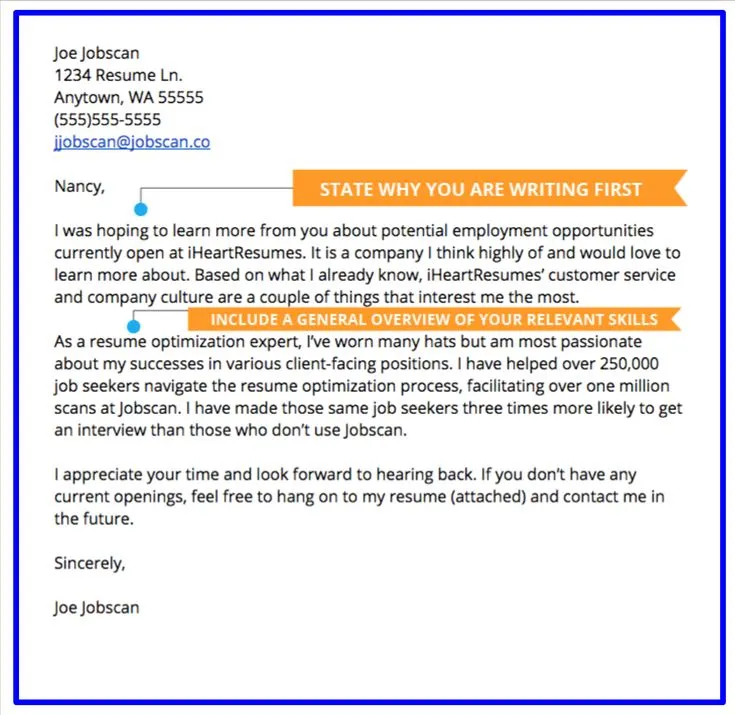Cover Letter Basics Understanding the Core
A cover letter is a crucial document accompanying your resume when applying for a job. It’s your first opportunity to make a strong impression on a potential employer. Unlike a resume, which provides a factual overview of your qualifications, a cover letter allows you to express your personality, showcase your unique value, and demonstrate your genuine interest in the specific role and company. Mastering the art of cover letter writing is an essential skill for anyone serious about advancing their career. A well-crafted cover letter can significantly increase your chances of getting noticed and securing an interview, ultimately helping you land your dream job.
Why a Cover Letter Matters
In today’s competitive job market, where hundreds of applications are received for a single position, a cover letter is often what sets you apart from the crowd. It provides an opportunity to connect with the hiring manager on a more personal level, demonstrating your enthusiasm and explaining why you’re the perfect fit for the job. A cover letter allows you to elaborate on your skills and experiences in a way that a resume alone cannot. It’s a chance to show how your qualifications align with the employer’s needs and company culture. This is where you can truly persuade the reader that you are not just qualified, but the best candidate. The cover letter presents the opportunity to highlight relevant accomplishments that align perfectly with the job requirements.
The Purpose of a Cover Letter
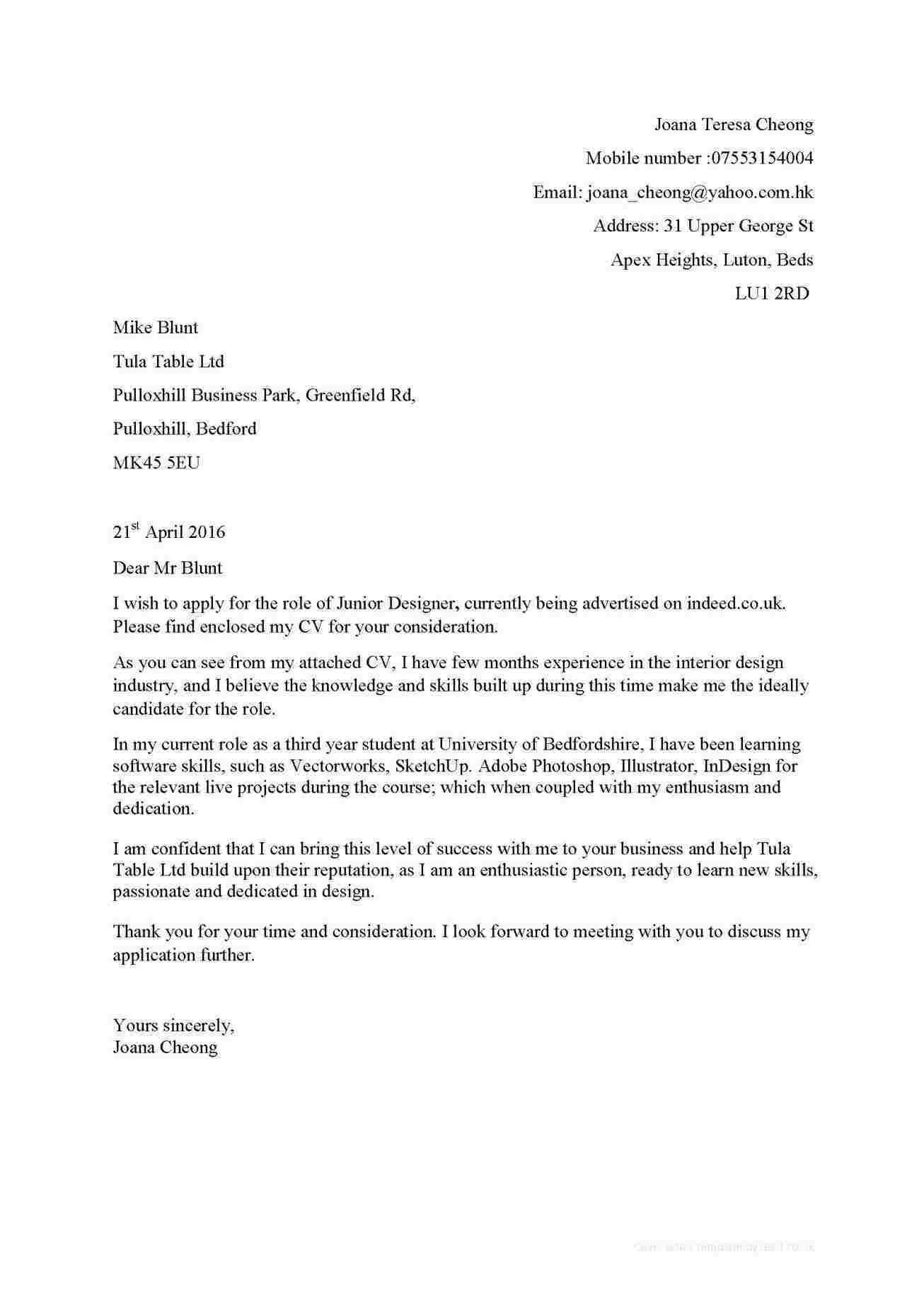
The primary purpose of a cover letter is to introduce yourself to a potential employer and express your interest in a specific job. It should highlight your relevant skills and experiences, demonstrating how you can contribute to the company’s success. A cover letter serves as a bridge between your resume and the hiring manager, providing context and explaining why you’re the right fit. It allows you to tailor your message to the specific job and company, showing that you’ve done your research and understand their needs. A well-written cover letter is designed to get you an interview, so it’s essential to make a strong and compelling case for why you deserve to be considered.
Key Components of a Cover Letter
A well-structured cover letter typically includes several key components that work together to create a compelling narrative. These components should follow a logical flow, allowing the reader to easily understand your qualifications and enthusiasm. First, you’ll need a clear header with your contact information, followed by the date and the recipient’s details. The opening paragraph should immediately grab the reader’s attention and state the position you’re applying for. The body of the letter is where you showcase your skills and experience, providing specific examples and quantifying your achievements. Finally, the closing paragraph should express your gratitude and include a call to action, encouraging the employer to contact you for an interview. Each section plays a vital role in conveying your suitability for the role.
Header Contact Information and Date
The header of your cover letter is the first thing a hiring manager will see, so it’s important to present it professionally and accurately. Include your full name, address, phone number, and email address. Make sure your email address is professional and appropriate; avoid using nicknames or unprofessional handles. Directly beneath your contact information, include the date. This shows when the letter was written and submitted. Formatting should be clean and easy to read. This section sets the tone for the rest of your letter, so pay close attention to detail.
Recipient’s Information Getting it Right
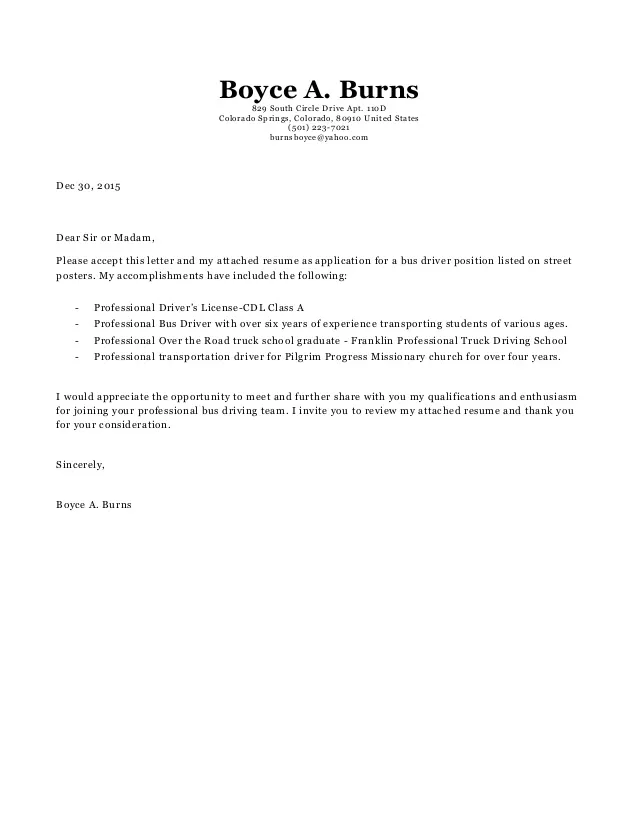
Addressing the recipient correctly shows you’ve taken the time to research the company and the specific role. If possible, find the name of the hiring manager or the person to whom you should address your application. This personal touch can make a significant difference. Use the appropriate title (Mr., Ms., Dr., etc.) and be sure to spell their name correctly. If you can’t find a specific name, use a general salutation like “Dear Hiring Manager” or “Dear [Department Name] Team.” Avoid generic greetings like “To Whom It May Concern,” as they can make your letter feel impersonal. Accurate recipient information demonstrates your initiative and attention to detail.
The Opening Hooking the Reader
Your opening paragraph is your chance to grab the reader’s attention and make them want to keep reading. State the position you’re applying for and where you saw the job posting. Then, quickly highlight your most relevant skills or experiences to immediately showcase why you’re a good fit. Avoid generic opening lines; instead, focus on something specific that aligns with the job description or the company’s values. This could be a particular skill, a past accomplishment, or your understanding of the company’s mission. A strong opening paragraph sets the stage for the rest of your cover letter and encourages the reader to learn more about you.
Grabbing Attention Immediately
To grab the reader’s attention immediately, consider starting with a compelling statement that reflects your understanding of the company’s needs or values. This could be a brief anecdote about a relevant achievement, a statement about your passion for the industry, or an expression of your alignment with the company’s mission. Avoid clichés and focus on what makes you unique. Use active voice and action verbs to create a dynamic and engaging opening. The goal is to quickly pique the reader’s interest and make them want to learn more about how you can contribute to their team. A strong opening sets the tone for a successful cover letter.
Highlighting Your Value

In the body paragraphs, focus on highlighting your value proposition. This involves explaining how your skills, experiences, and accomplishments align with the requirements of the job. Make sure each paragraph clearly links your qualifications to the employer’s needs. Explain how you can solve problems, contribute to the team, and help the company achieve its goals. Avoid simply listing your skills and experiences; instead, show how you’ve used them to achieve results in the past. Emphasize your ability to add value to the organization, demonstrating that you are not just a qualified candidate but an asset.
Showcasing Skills and Experience
The body of your cover letter is where you provide specific examples of how your skills and experience make you the ideal candidate. Use the STAR method (Situation, Task, Action, Result) to structure your responses and demonstrate your accomplishments. Briefly describe the situation, the task you were assigned, the actions you took, and the results you achieved. Focus on results that highlight your abilities and demonstrate your impact. Tailor your examples to the specific job requirements, ensuring that your skills align with the needs of the employer. Showcase how you have successfully used your skills to achieve tangible outcomes and make a positive impact in previous roles. Be clear, concise, and provide measurable achievements to prove your capabilities.
Tailoring to the Job Description
Carefully review the job description and tailor your cover letter to address its specific requirements. Use keywords and phrases from the job posting to demonstrate that you have the skills and experience the employer is seeking. Identify the key qualifications and highlight your relevant accomplishments in each of the job description’s important aspects. Customizing your cover letter shows the hiring manager that you’ve taken the time to understand the role and the company’s needs. Avoid using a generic cover letter; always make adjustments to align with the specific job and demonstrate your genuine interest in the role.
Addressing the Employer’s Needs

In addition to highlighting your skills, address the employer’s specific needs and challenges. Research the company and demonstrate an understanding of their goals and values. Show how your skills and experiences align with their objectives and how you can help them achieve success. Consider the role’s responsibilities and explain how you can contribute to the team and make a positive impact on the company. This proactive approach demonstrates that you’re not just looking for a job but are genuinely interested in contributing to the company’s growth and success. Addressing the employer’s needs shows you are a valuable asset.
Demonstrating Your Enthusiasm
Your cover letter is also an opportunity to demonstrate your enthusiasm for the role and the company. Express your genuine interest in the position and explain why you’re excited about the opportunity. Share your passion for the industry or the company’s mission, and convey a positive and energetic tone. Show that you’re eager to learn and contribute to the team. A cover letter filled with enthusiasm helps the hiring manager see that you are highly motivated and excited about the possibility of joining their team. Demonstrating enthusiasm makes you more memorable and increases your chances of getting an interview.
Adding a Personal Touch
While professionalism is essential, adding a personal touch can help you stand out from other applicants. Consider sharing a brief anecdote that highlights your personality or connects you to the company’s culture. This could be related to a volunteer experience, a hobby, or your personal values. Show your personality and let your enthusiasm shine through. However, be mindful of the company culture and keep it professional and appropriate. A personal touch can make your cover letter more engaging and memorable, allowing the hiring manager to get a better sense of who you are beyond your qualifications.
Body Paragraphs Showcasing Accomplishments
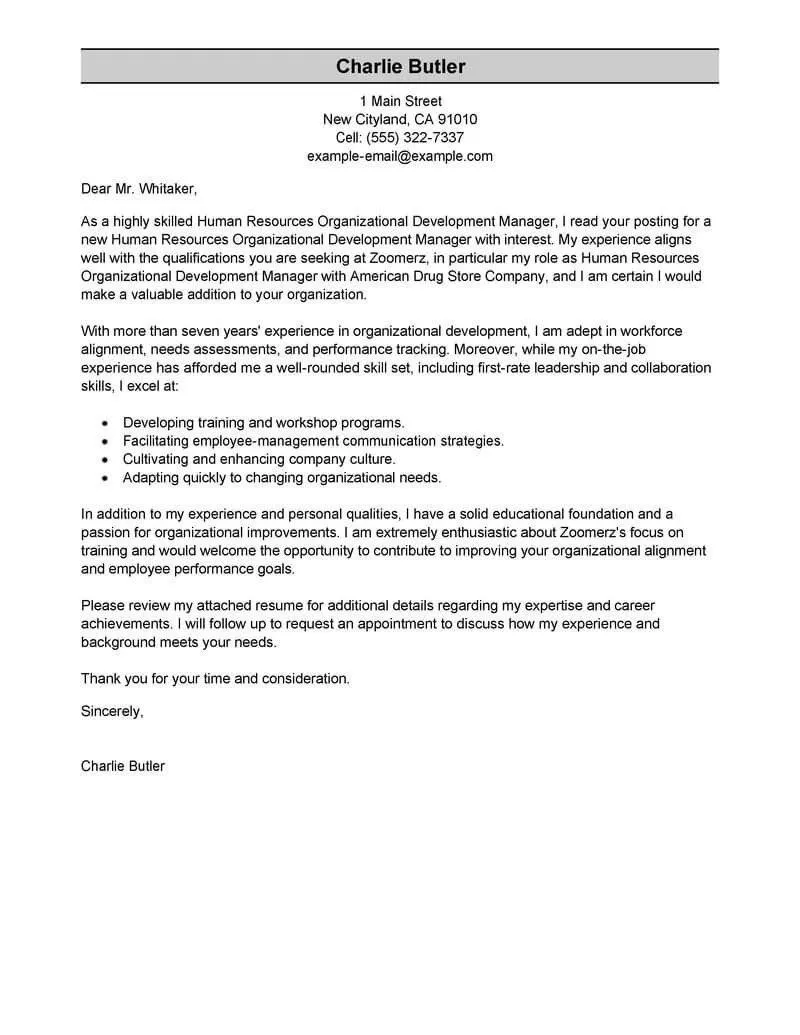
The body paragraphs of your cover letter are the meat of your argument. This is where you provide specific examples of your accomplishments and demonstrate how your skills and experiences make you the right fit for the role. Each paragraph should focus on a particular skill or experience and should align with the job requirements. Use the STAR method (Situation, Task, Action, Result) to structure your examples. Start with a brief description of the situation, then explain the task you were assigned, the actions you took, and the results you achieved. Providing concrete examples of your accomplishments shows that you can deliver results, and it makes your qualifications more convincing and impactful.
Quantifying Achievements Using Numbers
Whenever possible, quantify your accomplishments by using numbers and data. Instead of saying “Improved customer satisfaction,” say “Increased customer satisfaction by 15% within six months.” Quantifiable achievements demonstrate the impact you’ve had in previous roles. Include specific figures, percentages, and statistics to illustrate your successes. Quantifying your achievements makes your cover letter more compelling and provides concrete evidence of your skills. Use metrics to show how you’ve improved processes, increased sales, or saved costs in previous positions. Data adds credibility to your claims and gives employers a clear sense of your potential.
Providing Relevant Examples
The examples you provide in your cover letter should be directly relevant to the job you’re applying for. Review the job description carefully and identify the key skills and requirements. Then, select examples from your work history that showcase your ability to perform the necessary tasks. If the job requires experience in project management, provide an example of a project you successfully managed. If it requires strong communication skills, describe a situation where you effectively communicated complex information to a team. Ensure that your examples are relevant and demonstrate your ability to succeed in the role. Choose examples that align with the job’s requirements to make your application stronger.
Connecting Skills with Job Requirements
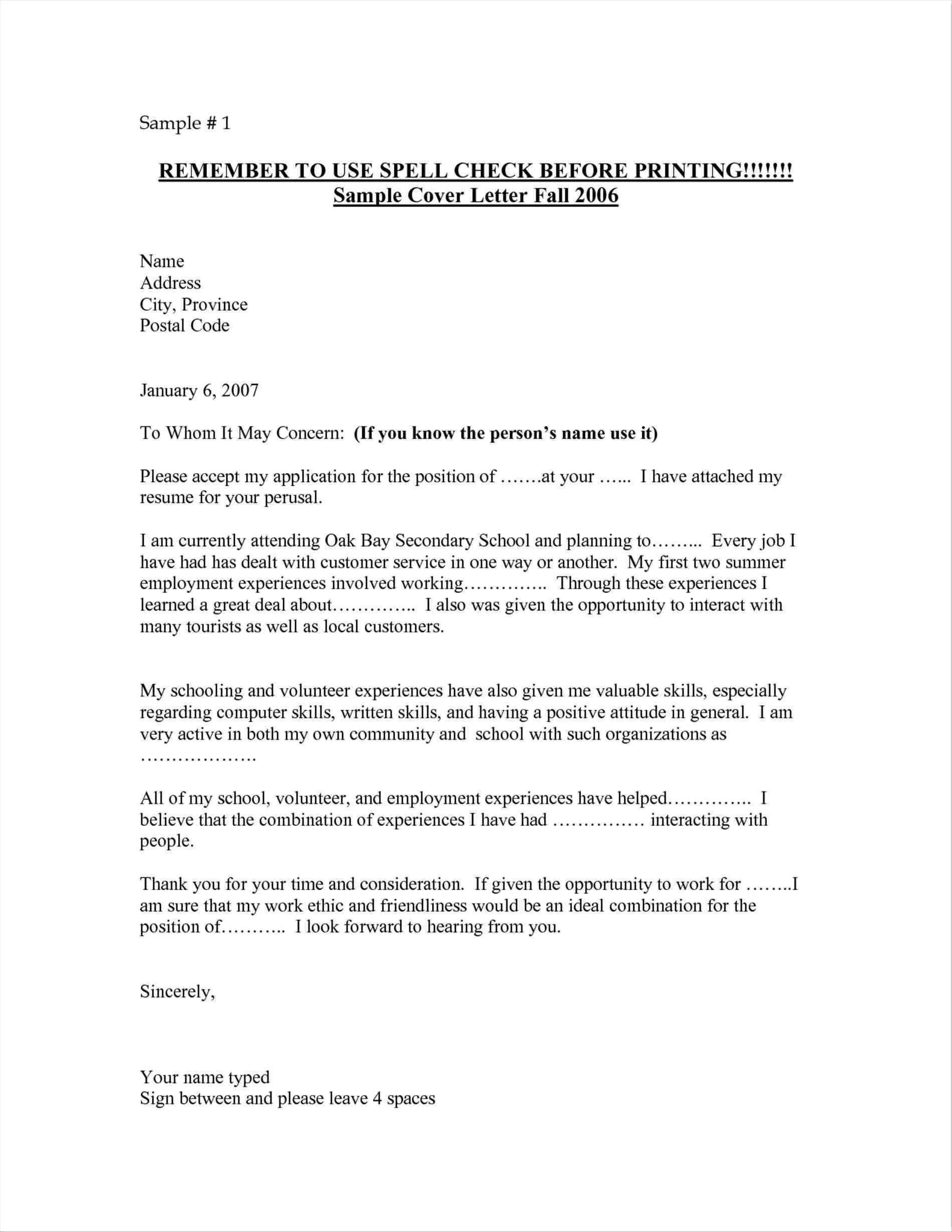
Your cover letter should clearly connect your skills and experiences with the requirements of the job. Use the language of the job description and explicitly state how your qualifications align with the employer’s needs. Explain how your skills make you uniquely qualified for the role. Address the specific responsibilities and explain how you can contribute to the team’s success. The goal is to demonstrate a clear understanding of the role and make it easy for the hiring manager to see how you can add value to the company. Emphasize the skills and experiences that directly relate to the job’s requirements to create a compelling case.
The Closing Strong and Concise
The closing paragraph of your cover letter is your final opportunity to leave a lasting impression. It should be strong, concise, and clearly express your interest in the position. Express your gratitude for the hiring manager’s time and consideration. Reiterate your enthusiasm for the opportunity and the company. Avoid generic closing statements, and instead, tailor your message to the specific role and company. A well-crafted closing paragraph leaves the hiring manager with a positive and memorable impression, increasing your chances of getting an interview.
Expressing Gratitude
Begin your closing paragraph by expressing your gratitude for the hiring manager’s time and consideration. A simple statement like “Thank you for your time and consideration” shows respect and professionalism. This helps reinforce your positive impression and leaves the reader with a sense of appreciation. Expressing gratitude is a polite gesture and sets a positive tone for your application. It demonstrates that you understand and value the effort involved in reviewing applications. This is a polite way to end your letter and reinforces a positive impression.
Call to Action Encouraging a Response
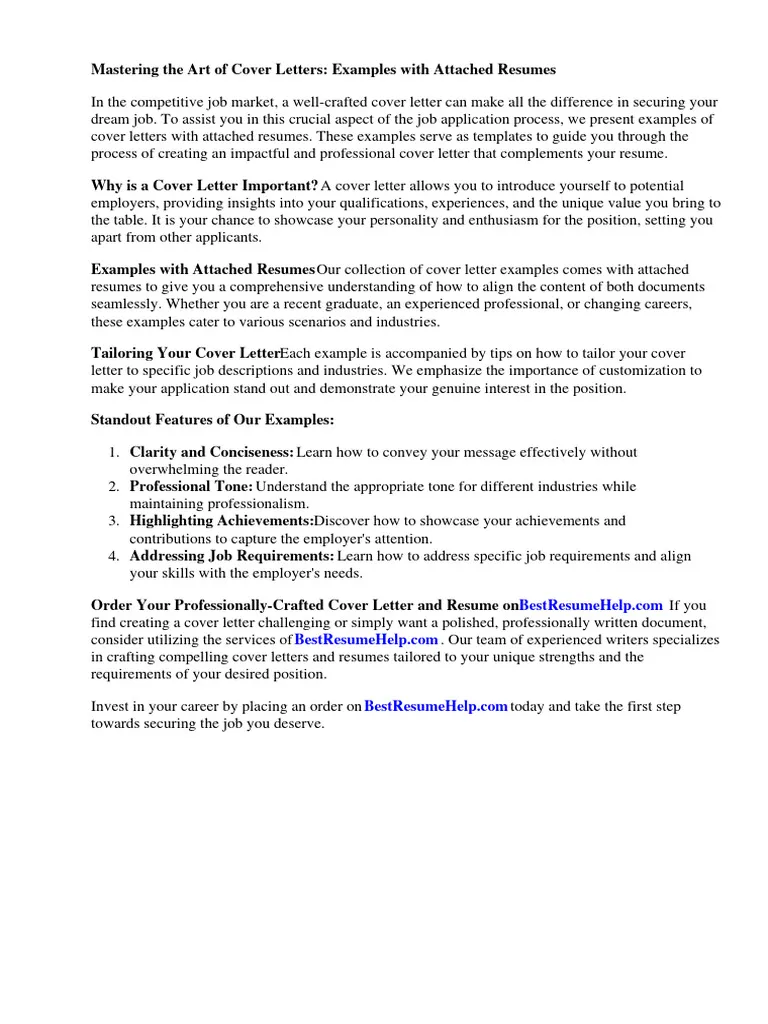
End your cover letter with a clear call to action, encouraging the hiring manager to contact you. This could include a statement like “I am eager to discuss my qualifications further in an interview” or “I look forward to hearing from you soon.” Provide your contact information, including your phone number and email address, to make it easy for the hiring manager to reach you. Ensure that you are easily accessible for communication. A clear call to action indicates your eagerness to move forward in the hiring process and increases the likelihood of getting a response. This final push will make sure the employer remembers you.
The Resume’s Role Complementing the Cover Letter
Your resume and cover letter should work together as a cohesive unit to showcase your qualifications. The resume provides a comprehensive overview of your work history, skills, and education. The cover letter provides context and explains how your experiences align with the specific job and company. Your resume should be easy to read and well-organized. Make sure your resume’s formatting is professional and consistent. The cover letter highlights your key accomplishments and shows your personality. Together, these two documents make a powerful case for why you’re the right candidate. Be sure to use similar formatting to create a polished presentation.
Resume Content Overview
Your resume should include key sections like contact information, a summary or objective (optional), work experience, education, skills, and additional sections (such as certifications or volunteer experience). When describing your work experience, focus on your responsibilities and accomplishments. Use action verbs to start your bullet points and quantify your achievements whenever possible. Be sure to tailor your resume to each job application, highlighting the most relevant skills and experiences. Your resume should be a snapshot of your abilities and should align with the cover letter’s main themes. Highlight your best qualities to improve your chances of getting hired.
Formatting and Design
The formatting and design of your resume are critical to making a good first impression. Use a clean, professional font like Arial or Calibri, and maintain consistent formatting throughout the document. Use clear headings and subheadings to organize your information and make it easy to read. Use bullet points to highlight your accomplishments and experiences. Avoid using excessive colors, graphics, or unusual layouts, as these can distract from the content. Ensure your resume is well-organized and easy to navigate. A well-formatted resume demonstrates attention to detail and professionalism.
Proofreading and Editing Ensuring Perfection
Before submitting your cover letter and resume, carefully proofread and edit both documents. Check for grammar, spelling, and punctuation errors. Ensure that the language is clear, concise, and professional. Proofreading is a crucial step in the job application process and can make a big difference. Errors can undermine your credibility and make it seem like you don’t pay attention to detail. It is important that all your documents are polished and error-free to showcase your professionalism. Be sure to check for consistency in formatting, tone, and style. Make sure everything looks professional and is ready to be viewed.
Checking for Grammar and Spelling
Grammatical errors and spelling mistakes can significantly damage your chances of getting an interview. Before submitting your cover letter and resume, use a grammar and spell checker. However, don’t rely on these tools entirely; read through your documents carefully to catch any errors that automated tools might miss. Pay close attention to sentence structure, punctuation, and the correct usage of words. Having a polished, error-free cover letter and resume will portray your professionalism and attention to detail. Take the time to review your work to demonstrate your skills.
Seeking Feedback from Others
Ask a trusted friend, family member, or career advisor to review your cover letter and resume. A fresh pair of eyes can catch errors you might have missed and provide valuable feedback on your writing style, formatting, and overall presentation. They can give you insights into how well your documents convey your qualifications and whether they are clear, concise, and compelling. Seek feedback on your cover letter and resume before submitting your application to ensure it is polished and error-free. This is a great way to improve the quality of your writing and improve your chances of landing a job.
